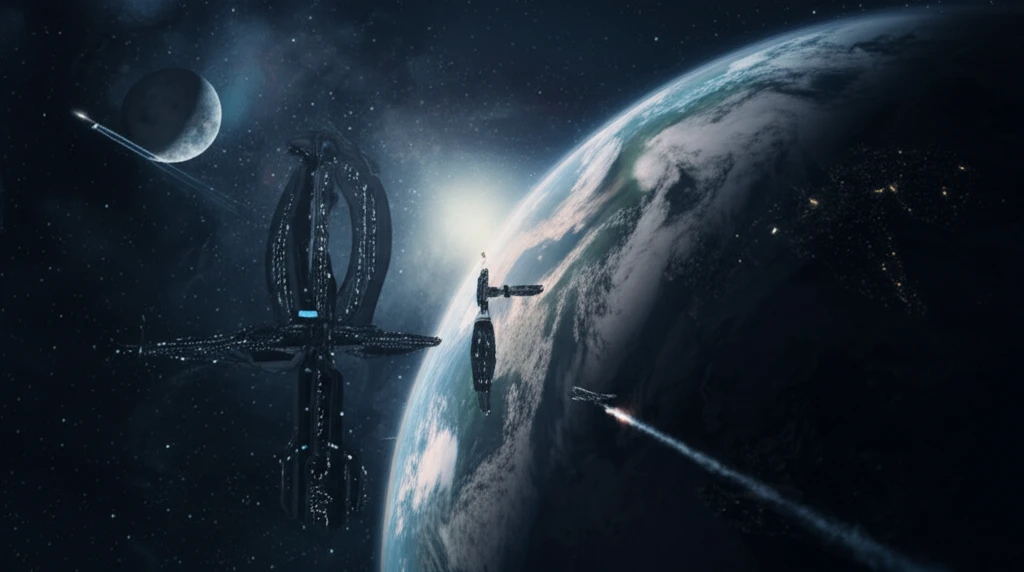
From Suborbital Hops to Lunar Leaps: How Space Tourism is Paving the Way for Interplanetary Adventures
"Explore the ambitious plans of Virgin Galactic and others to revolutionize space travel, from luxury space hotels to high-speed Earth-bound travel."
The allure of space has always captivated humanity, fueling dreams of exploration and adventure beyond Earth's atmosphere. Today, that dream is becoming increasingly tangible thanks to the burgeoning space tourism industry. Companies like Virgin Galactic are pioneering suborbital flights, offering breathtaking views and a taste of weightlessness to paying customers. But these ventures are more than just thrill rides; they represent a crucial step towards broader access to space and the development of technologies that could revolutionize travel both on and off our planet.
Richard Branson, the visionary behind Virgin Galactic, has long expressed his ambition to not only offer suborbital joyrides but also to establish space hotels and even venture to the Moon. In a 2013 speech to Virgin Galactic customers, Branson outlined a future where small, purpose-built spaceships would transport guests from space hotels for day trips with stunning views of the lunar surface. While these plans may seem ambitious, they highlight the long-term vision driving the space tourism industry and the potential for significant advancements in space technology.
Achieving these lofty goals requires overcoming significant technological and economic hurdles. Reaching orbit, for instance, demands speeds far greater than those achieved by current suborbital spacecraft, along with increased safety measures. However, the progress made in recent years, coupled with the ongoing investment and innovation in the sector, suggests that the future of space travel is closer than ever before.
Beyond Suborbital: Laying the Foundation for Future Space Endeavors

While suborbital flights provide a taste of space, reaching Low Earth Orbit (LEO) is the next crucial step. Getting to LEO requires a substantial increase in speed and energy compared to suborbital flight. As any aerospace engineer will attest, reaching orbit is a whole different ball game. It calls for technology that can achieve significantly higher speeds. To reach LEO, a spacecraft needs to accelerate to approximately 28,100 km/h.
- LauncherOne Specifications:
- Payload Capacity: Can deliver a 225-kilogram payload to low inclination equatorial LEO and 100 kilograms to polar Sun-synchronous orbit at higher altitudes.
- Air-Launched System: A two-stage rocket that launches from WhiteKnightTwo, similar to SpaceShipTwo.
- Engine Development: Key to LauncherOne's success are the engines, developed and built by Virgin Galactic. The 3,500-pound-thrust NewtonOne and 47,500-pound-thrust NewtonTwo are the first- and second-stage engines.
The Future of Travel: A Glimpse into Tomorrow
The journey from suborbital flights to lunar excursions is a long and challenging one, but the progress made in recent years is undeniable. As technology advances and costs decrease, space travel will become increasingly accessible, transforming not only our understanding of the universe but also our approach to global transportation. The dreams of visionary leaders like Richard Branson, once confined to the realm of science fiction, are now steadily becoming a reality, paving the way for a future where space is not just a destination but a part of our everyday lives.
